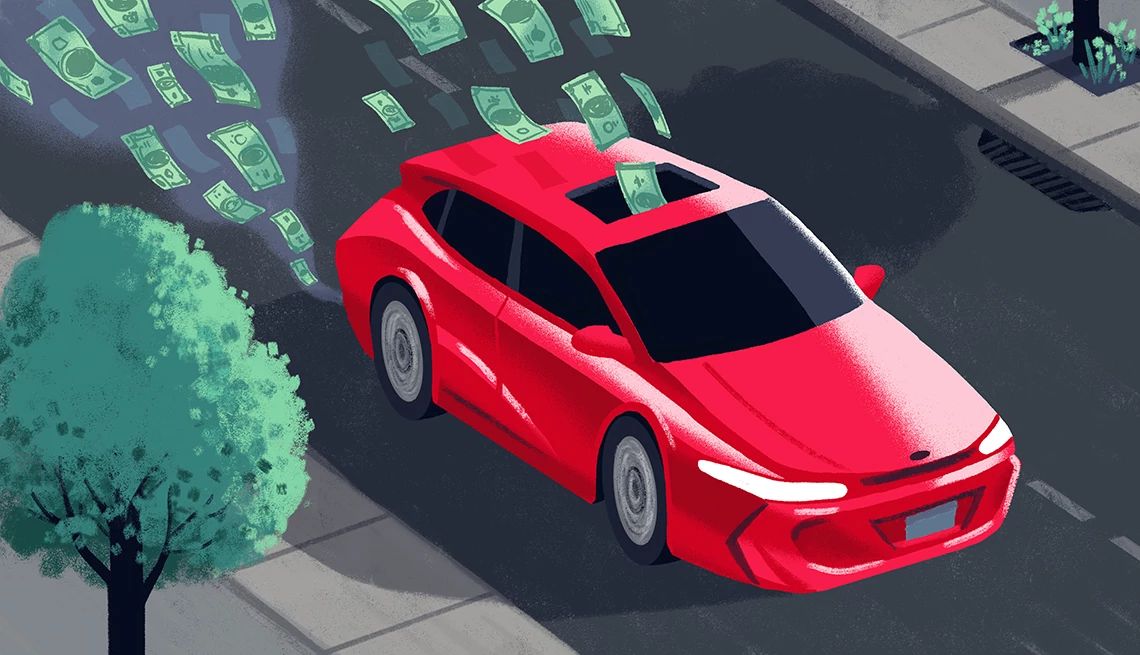AARP Hearing Center


It’s not your imagination: Car insurance has gone up — a lot. So much so that auto insurance premiums are now a significant force driving inflation. But why have prices skyrocketed? Does the color of your car, the car options you choose or how you drive affect your premiums? What about how old you are? More important, what can you do about lowering your insurance costs?
Why it’s up
At the beginning of 2024, the cost of insuring a car in the U.S. had jumped a whopping 20.6 percent compared to the previous year, according to the Bureau of Labor Statistics consumer price index (CPI). That is the single greatest price increase since 1976, when Gerald Ford was president and we were in the middle of an energy crisis. According to Bankrate’s estimate, the average annual cost of car insurance for full coverage in the U.S. is now $2,543, compared to $1,771 just two years ago.
Car insurance rates are up for two fundamental reasons:
- Cars are more expensive to buy.
- Cars are more expensive to repair.
According to the CPI, new car prices rose over 20 percent from 2020 to 2024, for example.
So when accidents happen (to those other drivers — never you, of course), insurance companies have been paying out more. From 2020 to 2024, auto repair costs rose 32 percent; that, in turn, raises rates for all of us. Unfortunately, there’s not a lot you can do about that.
What factors can you control to keep your car insurance as low as possible? Here are a few myths busted and truths told about what sets your car insurance price.
Does driving an EV mean lower insurance?
What if you did the environmentally conscious thing and switched from a combustion engine car to an electric vehicle (EV)? EVs require less maintenance than gas-powered cars, so one might assume that they should also be cheaper to insure. Alas, the opposite is true.
EVs are still relatively new and require newer technology and expertise. The Progressive insurance company, for example, says insuring an EV may cost more because EVs tend to have more sophisticated technology, and if there’s an accident, those components are more expensive to repair or replace.
LexisNexis, which supplies insurance companies with industry data that many of them use to set premiums, cites higher labor and parts prices associated with EVs that mean it costs more to fix an electric vehicle versus a traditional internal combustion engine car. And that translates into higher insurance rates.
According to Zebra, an insurance comparison website, a Chevrolet Bolt EV costs $78 more per year to insure than a Hyundai Ioniq Blue, a hybrid. And a Tesla Model 3 Long Range costs $470 more per year to insure than a gas-powered Audi A4 2.0T Premium.































































More From AARP
Surprising Things That May Fall Outside Your Insurance Plan
You may be surprised at some of the things auto insurance doesn't cover. Here are nine instances that you might end up on the hook for.
6 Proven Ways to Pay Less for Car Insurance
Experts say these techniques could shave hundreds of dollars off your rates each year
What Drives Up the Cost of Car Insurance
Your rate can be determined by where and how you live and who you are
Recommended for You